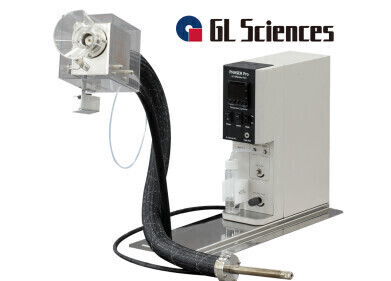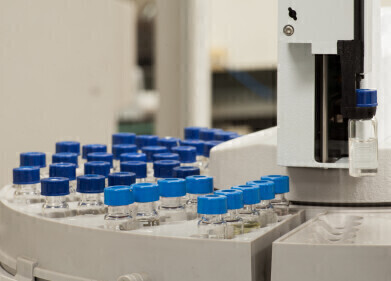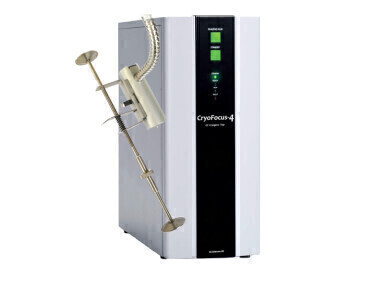GC, MDGC
All the Answers to Plot Column Stability
Oct 15 2009
Traditional porous layer open tubular (PLOT) columns are built with a 5-50 micron layer of particles adhered to tubing walls. Because this layer of particles generally lacks stability, the columns must be used very carefully to avoid particle release which causes unpredictable changes in retention time and flow behaviour.
Restek have now changed all that with their new manufacturing process that produces PLOT columns with concentric stabilized adsorption layers – significantly improving particle stability. This new generation of PLOT columns exhibits a constant flow behaviour and have significantly improved mechanical stability, resulting in easier operation, better chromatography, more reproducible retention times, virtually no spiking and delivers longer column lifetimes. This Restek innovative stabilisation chemistry technology is currently applied to RT®-Alumina BOND, RT®-MSieve 5A, RT®-Q-BOND, RT®- QS-BOND, RT®-S-BOND and RT®-U-BOND columns.
For applications where flow is important, such as with Deans switching, this new PLOT column manufacturing process results in greater consistency in both column coating thickness and flow restriction. Restek’s flow restriction factor (F) allows users to evaluate flow restriction reproducibility. It is based on the retention time of an unretained compound and can be used to assess the degree of restriction of the column and to evaluate the reproducibility of the column coating process.
This significant advance in PLOT column technology from Restek is an important gain especially for the petrochemical industry, where more efficient, reproducible analyses of permanent gases, solvents and hydrocarbons can now be achieved.
Events
May 11 2025 Vienna, Austria
May 18 2025 Tempe. AZ, USA
May 21 2025 Birmingham, UK
Jun 01 2025 Baltimore, MD, USA
Jun 15 2025 Bruges, Belgium














